Under Kitchen Cabinet wiring
jerry_nj
13 years ago
Related Stories

DIY PROJECTSHide All Those Wires in a DIY Charging Station
Keep your gadgets handy and charged with a flexible storage board you can design yourself
Full Story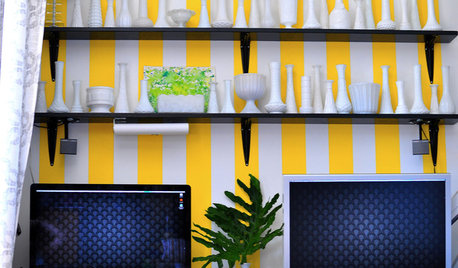
ACCESSORIESHow to Hide Those Messy Wires
Untangle Yourself From Ugly Electrical Cords With a Few Tricks and Accessories
Full Story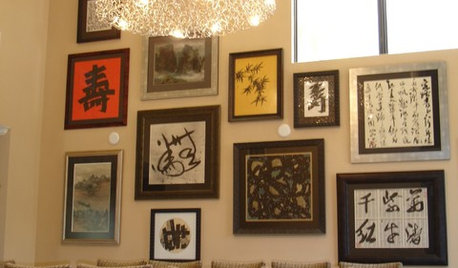
DECORATING GUIDESInspiring Materials: Metal Wire
Add the Open Look of Wire to Your Lighting, Furnishings and Decor
Full Story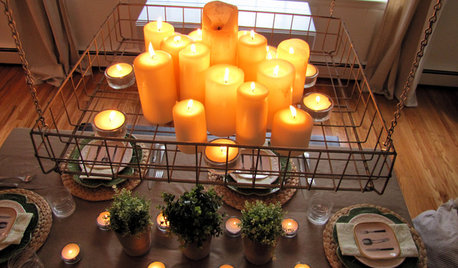
DECORATING GUIDESFlea Market Finds: Wire Baskets
Turn Rustic-Industrial Pieces Into Chandelier, Pendant or Mobile Centerpiece
Full Story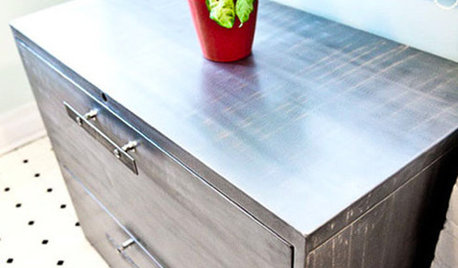
ORGANIZINGFile Your Cabinet Under 'Repurposed'
Give that dinosaur of a filing cabinet a second life as a planter, as storage in an entryway or even as a side table
Full Story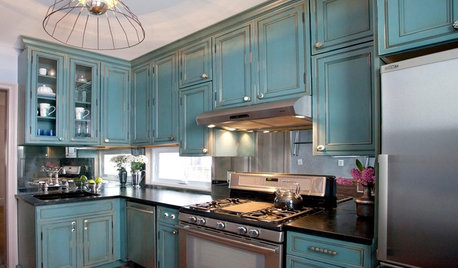
KITCHEN DESIGNKitchen of the Week: Turquoise Cabinets Snazz Up a Space-Savvy Eat-In
Color gives a row house kitchen panache, while a clever fold-up table offers flexibility
Full Story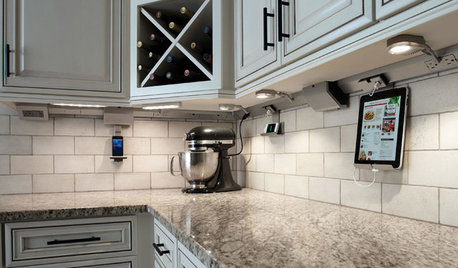
KITCHEN DESIGN7 Awesome Add-ons for Kitchen Cabinets
Useful gadgets, docks for your devices, extra lighting ... when it comes to cabinets, do look down
Full Story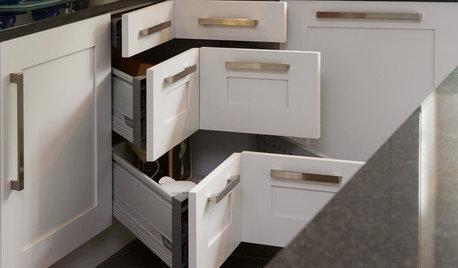
KITCHEN STORAGE8 Cabinet Door and Drawer Types for an Exceptional Kitchen
Pick a pocket or flip for hydraulic. These alternatives to standard swing-out cabinet doors offer more personalized functionality
Full Story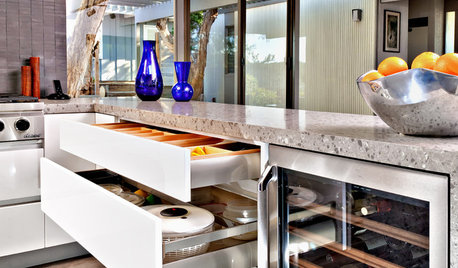
KITCHEN CABINETS9 Ways to Configure Your Cabinets for Comfort
Make your kitchen cabinets a joy to use with these ideas for depth, height and door style — or no door at all
Full Story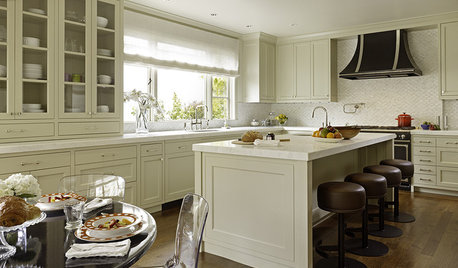
KITCHEN DESIGNNeed More Kitchen Storage? Consider Hutch-Style Cabinets
Extend your upper cabinets right down to the countertop for more dish or pantry storage
Full Story









spencer_electrician
jerry_njOriginal Author
Related Professionals
Centereach General Contractors · Florida City General Contractors · Greenville General Contractors · Martinsville General Contractors · Pacifica General Contractors · Rossmoor General Contractors · Springboro General Contractors · University Park General Contractors · Watertown General Contractors · North New Hyde Park Handyman · Elmhurst Solar Energy Systems · Saratoga Solar Energy Systems · Azalea Park Solar Energy Systems · Half Moon Bay Home Automation & Home Media · Hollywood Home Automation & Home MediaUser
DavidR
User
jerry_njOriginal Author
brickeyee
jerry_njOriginal Author
brickeyee
jerry_njOriginal Author
spencer_electrician
jerry_njOriginal Author